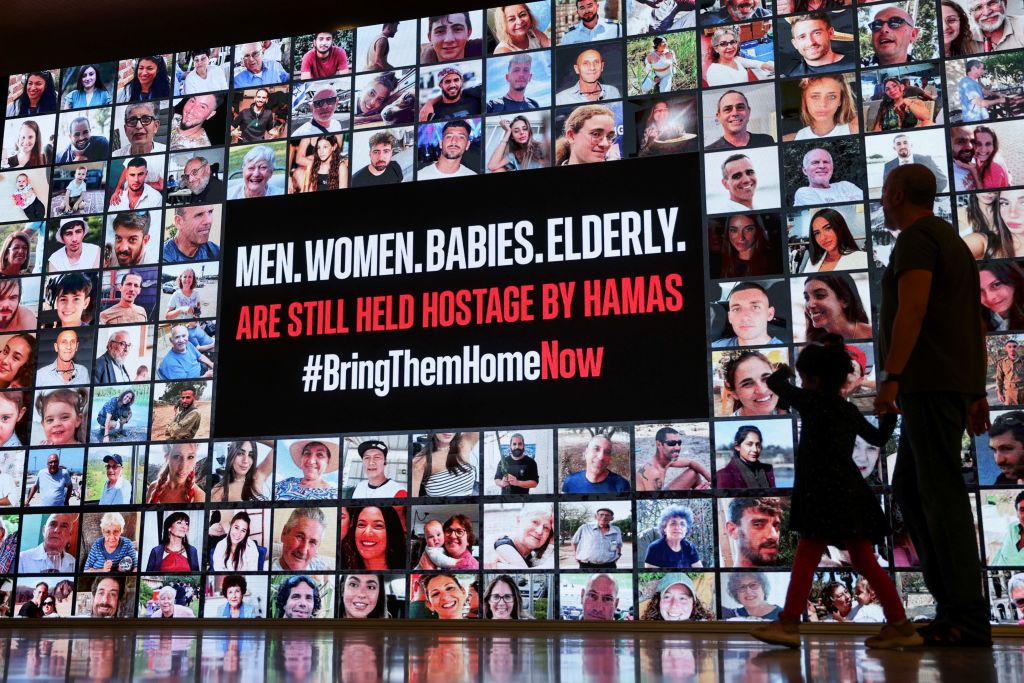Mourning the Dead — and a Lost Way of Life
I’ve been in a funereal mood of late, given to thinking a lot about death. No, my current state of mind has nothing to do with the passing of the pope or, for that matter, with that of Terri Schiavo. Rather, it has entirely to do with the sudden, sudden death of my longtime friend, Jonathan Harris Spanbock, whose untimely passing has left an unimaginable void in the lives of his beloved family — and in my life, too.
As my husband and I grimly made our way to the cemetery, the only comfort to be had, at least for me, lay not so much in the consolation of community (hugs all around) but in the consolation of history. Everywhere I looked, history intruded on the landscape, taking the form not just of individual headstones but of plaques, gates, portals and monuments that referred, often grandiloquently, to one group or another under whose aegis cemetery plots had been purchased long ago: family circles, synagogues, lodges and landsmanshaftn.
You wouldn’t be wrong in thinking that these worn and weather-beaten monuments are not exactly everyone’s idea of comfort. Mute testaments to the passage of time, they tend to be all that is left of what was once a vibrant, even contentious culture, much of it given over to heated discussion about burial rights and cemetery plots. The stock-in-trade of the landsmanshaft, or Jewish mutual aid society, which numbered in the thousands well into the 1950s, and of its close kin, the family circle, a vivid portrait of which appears in Barry Levinson’s feature film “Avalon,” death — or, more to the point, conversations about death — once sustained the life of the American Jewish community.
What makes this more curious still is that those who engaged in this conversation, which went on for years on end, often were young people. Immigrants for the most part, at least at first, they found in the details of death a way to cope with loss: the loss of their parents who remained in the Old World, the loss of familiar languages, the loss of dignity that came with being a foreigner, the loss of tradition, the loss of rootedness. But in squabbling over whether to purchase 20 plots or 200, and in arguing about whether Old Montefiore was preferable to Valhalla, they managed to exert a modicum of control over their unpredictable lives, to assert their vitality and to lay claim — no matter how tenuous and uneasy — to a future as American Jews.
You need only glance at the names of the deceased or at those of the sponsoring organization’s proud officialdom, both of which are carefully incised in stone, to get a sense of their aspirations: all those Miriams turned Myrna and Menachem Mendels turned Morton, traditional appellations giving way to newfangled, modern ones. Look, too, at the photographs that adorn some of the older, early 20th-century headstones when the insertion of an image of the deceased, in his or her Sabbath best, was the very last word in funerary embellishment as well as a form of insurance: a face to go with the memories. And what of those oval-shaped gates fashioned out of delicate filigrees of iron, proudly laying claim to a piece of property? They also stood for something.
All that’s gone now, bleached by the sun, erased by the wind, obscured by the concerns of the present; what’s left only hints at that which was once proud, resolute and alive. Even so, I take comfort in the diminished, humbled presence of these monuments. Recording life, they speak to me of determination and of the promise of continuity, even under the bleakest of circumstances.
THE WONDERS OF AMERICA by Jenna Weissman Joselit

I hope you appreciated this article. Before you go, I’d like to ask you to please support the Forward’s award-winning journalism this Passover.
In this age of misinformation, our work is needed like never before. We report on the news that matters most to American Jews, driven by truth, not ideology.
At a time when newsrooms are closing or cutting back, the Forward has removed its paywall. That means for the first time in our 126-year history, Forward journalism is free to everyone, everywhere. With an ongoing war, rising antisemitism, and a flood of disinformation that may affect the upcoming election, we believe that free and open access to Jewish journalism is imperative.
Readers like you make it all possible. Right now, we’re in the middle of our Passover Pledge Drive and we still need 300 people to step up and make a gift to sustain our trustworthy, independent journalism.
Make a gift of any size and become a Forward member today. You’ll support our mission to tell the American Jewish story fully and fairly.
— Rachel Fishman Feddersen, Publisher and CEO
Join our mission to tell the Jewish story fully and fairly.
Only 300 more gifts needed by April 30























